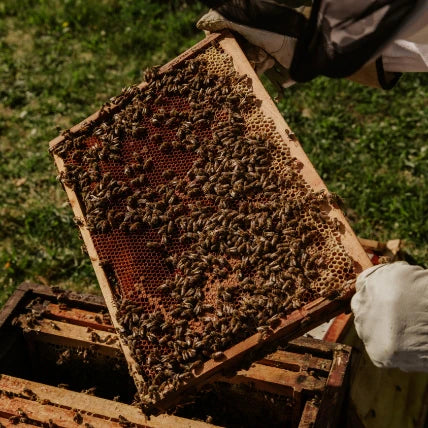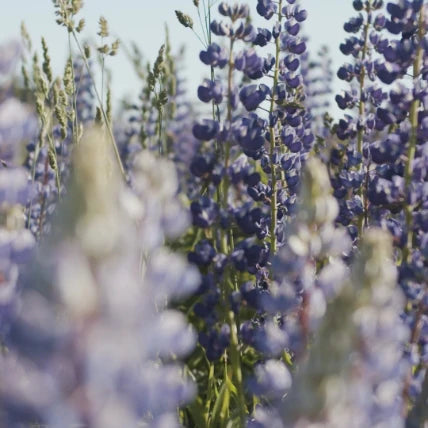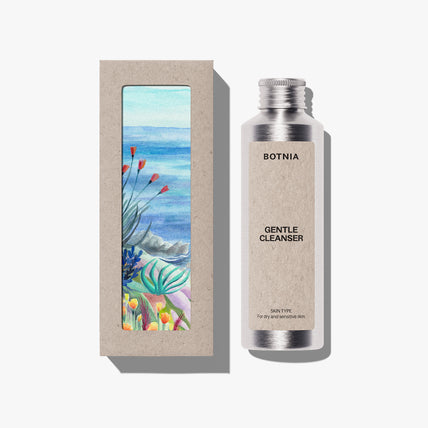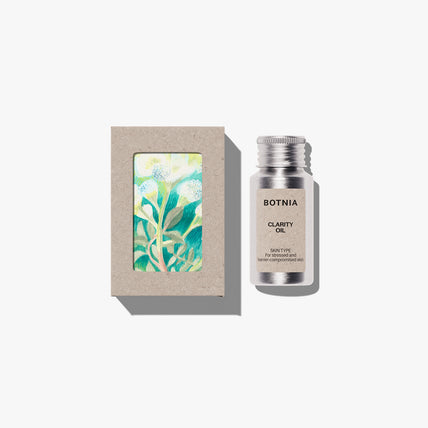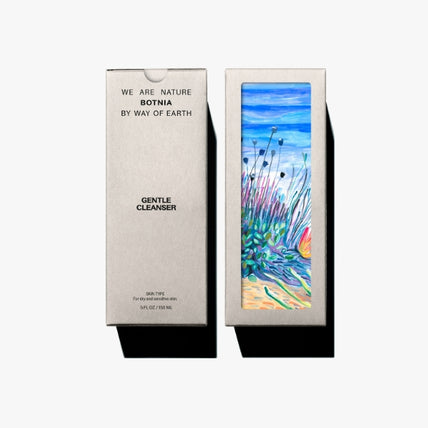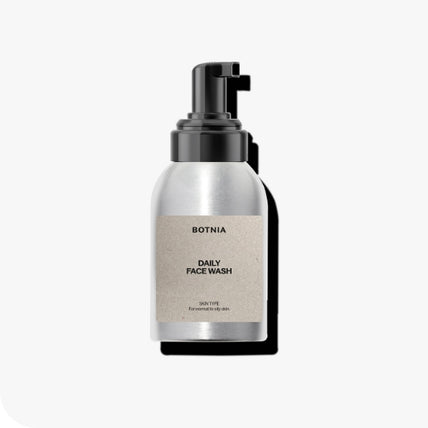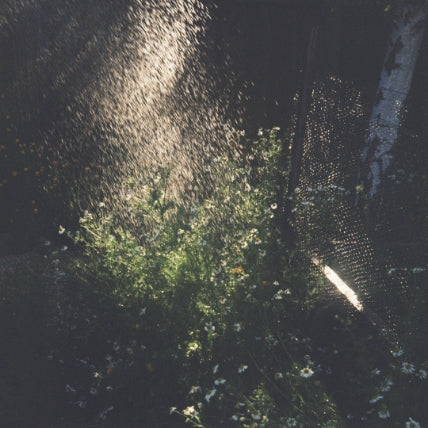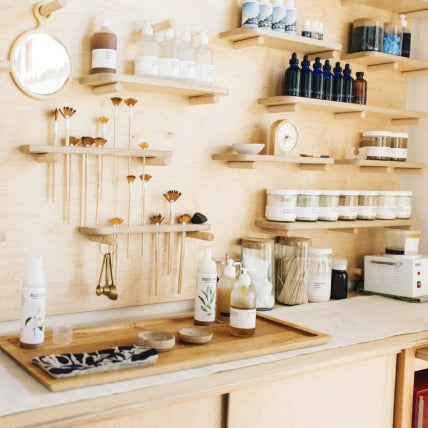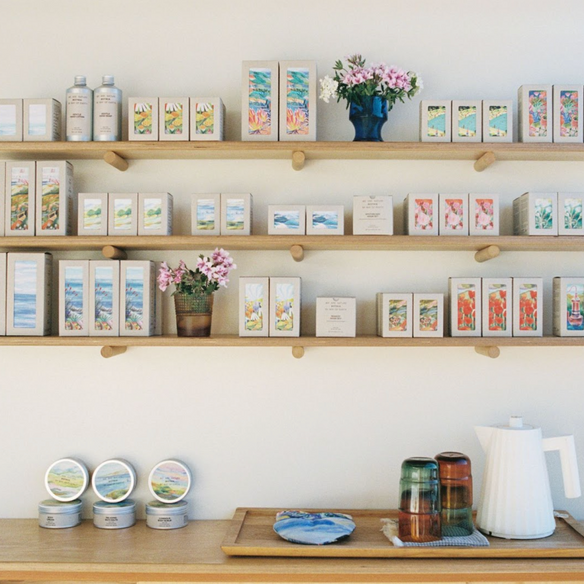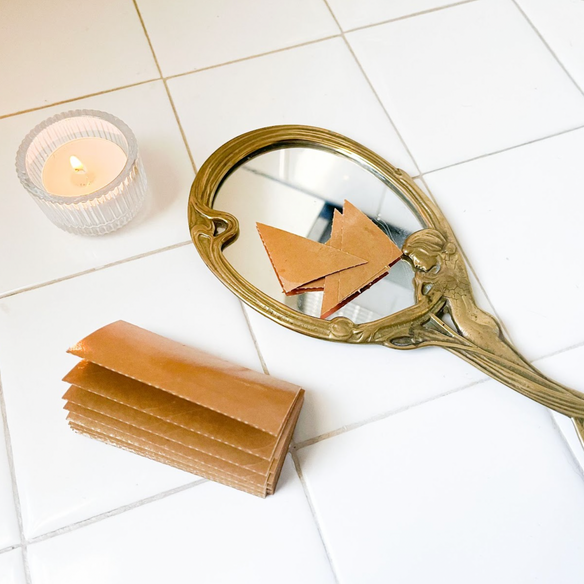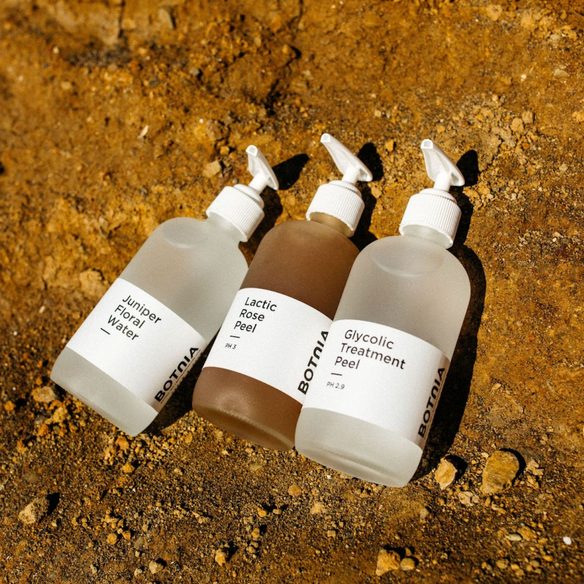
Botnia Detectives Decode Skincare Ingredients on a Label
Do you remember that 90s ice cream commercial where the kids are struggling to read the ingredients on the carton label? Like … What does polysorbate 80 mean anyway? (Psst… it’s an emulsifier used in both food and cosmetics.) Lucky for you, you’ve got a BFF on the inside (us!) and we’re here to help guide you in reading the ingredients on skincare labels.
The basics
When you turn to an ingredients list, the first thing you’ll want to notice is how long or short the list is, and if you can understand what you’re reading. Just like the ice cream ad, if you can pronounce and understand the ingredients in a product right away, that’s great news! Less is more. The more ingredients you see, it might mean there could be fillers or preservatives in your product, some of which could be potentially harmful to your health. Shorter ingredient lists are ideal: you want to get as close to a raw ingredient as possible (avoiding fillers and additives), just like food. Think of it like shopping the perimeter of the grocery store! Less processed foods are like simple skincare: the fewer the ingredients, the better.
You’ll want to pay special attention to the top 5 ingredients listed, especially whole-plant names. Even if they’re listed with their scientific name or INCI name (more on that below), having these ingredients is an indication that you might have a product that’s worth purchasing. Companies must list ingredients in the order of amount in the formulation, leading up to the 1% mark. Anything that makes up less than 1% can be listed in any order. If you’re label savvy, knowing where an ingredient is placed in the list can also let you know how active a product is.
Understanding how to decode the ingredients list can help you make wiser decisions that’ll benefit the long-term health of your skin (and body!) There are a few reasons why it’s important to start considering reading the ingredients on your skincare labels:
– If you are allergic to specific ingredients
– If you’re pregnant or a new mom (some skincare ingredients are contraindicated for pregnancy)
– For personal reasons, like if you’re living a plant-based only lifestyle or other choices
– To know how effective a product is
– And it’s just good to know what goes into and onto your body!
The bad and the ugly
Unfortunately, these days, you can’t just trust a label. Marketing tactics distract you from diving into the ingredients that could potentially be harmful to use. On the other side, for smaller businesses, some products can’t use claims as they may require FDA approval before being able to claim a product treats a specific condition. (This happens a lot with acne products.) If a product’s considered a drug and alters the body, it must be regulated by the government.
At a glance, here’s a list of ingredients you’ll want to avoid in skincare:
Alcohols, more on these below.
Parabens are used as preservatives in skincare. Parabens disrupt hormone function and are linked to an increased risk of breast cancer and reproductive toxicity. Common names include methylparaben, ethylparaben, propylparaben, butylparaben, and heptylparaben.
Phthalates are used in plastics to increase flexibility, durability, and longevity, and are a solvent in skincare. Causes damage to the liver, kidney, lungs, and reproductive system. Common names include Diisononyl phthalate (DINP), Diisodecyl phthalate (DIDP), and Di-2-ethyl-hexyl phthalate (DEHP).
SLS aka Sodium Lauryl Sulfate – an ingredient that makes things foam, but is found to be irritating to the skin. Other common names are Sodium Laureth Sulfate (SLES) and Ammonium Laurel Sulfate (ALS).
Artificial Dyes are used to make products more appealing to the eye. Artificial coloring can cause inflammation and irritation to the skin.
Fragrances, even “natural” ones are the main causes of allergic contact dermatitis. Even in small percentages, if used every day can be toxic for your health.
Silicones are used for their occlusive properties, however, can clog pores and cause breakouts. Much like using petroleum for slugging, there are natural products available that offer the same if not better results.
There are definitely too many ingredients to list here, but we want to show you just a few of the chemicals that are used in common big brand name products and break down why they’re harmful to use.
Alcohol: The thing to know about alcohol is that it comes in many forms, and you’ll want to know exactly what form is being used in a product. In its conventional structure, conventional alcohol should be avoided because it’s drying for the skin. You’ll see this labeled most commonly as ethanol, Ethyl Alcohol, or denatured alcohol or alcohol denat. You’ll also see fatty alcohols or high-molecular-weight alcohols like cetyl, stearyl, and cetearyl which can be moisturizing and are used to keep oil and water emulsions from separating. You’ll want to be more aware of the first type, which can cause irritation to the skin.
Try saying Iodopropynyl butylcarbamate (IPBC) three times fast . . . this ingredient is used as an antifungal preservative in skincare. It’s also used worldwide in paints and coatings and wood preservatives, plus you might also see this ingredient in wet wipes! IPBC is a close cousin to formaldehyde, the ultimate preserver, which is also known as the #1 most toxic carcinogen for humans. It claims to be safe in less than 0.1% in a formulation, but would you still want to use it?
Other common ingredients seen in skincare: triclocarban and triclosan, which are used as an antibacterial in soaps. You may also see this in toothpaste and detergents. When using this over time, our bodies create a resistance to it which in turn, actually makes your body spread bacteria more rapidly. Yikes!
You’ll also want to avoid perfumes and fragrances. While some products might list a “natural fragrance,” natural doesn’t mean the categorization of the essential oil specifically. Instead, it’s the categorization of the scent. For example, in listing the natural scent of a rose or orange (which are natural products), companies still may use toxic ingredients to get to that scent. Surprised by how they use specific wording to trick us? It’s how we’ve been duped all along.

Resources
We could go on and on about the importance of ingredient safety and sourcing, but let’s cut to the chase! One of the resources we recommend is checking with the Environmental Working Group known as the EWG database. (They even have a nifty app you can use on the go while shopping!)
Wondering why we have to use hard to pronounce names in the first place? All companies worldwide must use INCI codes (say it with us … ink-key) on their labels. INCI stands for the International Nomenclature of Cosmetic Ingredients and the INCI Decoder is another wonderful resource to use when decoding scientific names of ingredients.
Breaking down the ingredients on a label
Want to see how it’s done? Let’s take our Wisdom Oil for example. We’ve taken each ingredient and plugged them into the INCI decoder and here’s what we found out.
| Ingredient Name | Common Name: | What it’s for: | Rating: |
| Simmondsia Chinensis Seed Oil | Jojoba Seed Oil | Emollient | Goodie |
| Rosa Canina Seed Oil | Rosehip Seed Oil | Emollient | Goodie |
| Hippophae Rhamnoides Fruit Oil | Sea Buckthorn Fruit Oil | Antioxidant, Emollient | Goodie |
| Rubus Idaeus Seed Oil | Raspberry Seed Oil | Emollient | N/A |
| Camellia Sinensis Leaf | Green Tea Leaf | Perfuming, Skin Conditioning | N/A |
| Ocimum Sanctum Leaf | Tulsi | Skin Conditioning | N/A |
| Rosa Damascena Flower | Rose Flower | Skin Conditioning | N/A |
| Helichrysum Arenarium Flower | Helichrysum Flower | Skin Conditioning | N/A |
| Borago Officinalis Leaf/Flower | Borage Leaf/Flower | Antioxidant | Goodie |
| Symphytum Officinale Leaf | Comfrey | Skin Conditioning | N/A |
| Tocopherol | Vitamin E | Antioxidant, masking, skin conditioning | Goodie |
| Essential Oil Blend | – | – | – |
| Salvia Sclarea Essential Oil | Clary Sage Essential Oil | masking, tonic | N/A |
| Boswellia Carterii Essential Oil | Frankincense Essential Oil | masking, tonic | N/A |
| Juniperus Virginiana Essential Oil | Cedarwood Essential Oil | masking, tonic | N/A |
There’s so much nuance in understanding skincare, but that’s why we started creating a better kind: to create a safe and effective solution for all people. We know how to ask for and read flow charts from our green laboratories. We understand where and how our ingredients are made if we don’t make them ourselves. You can also shop by specific key ingredients on our website. If you’re curious about an ingredient, we’d love to talk nerdy with you! Reach out anytime you have questions via DM or botniaskincare@gmail.com.
Xo,
Botnia
